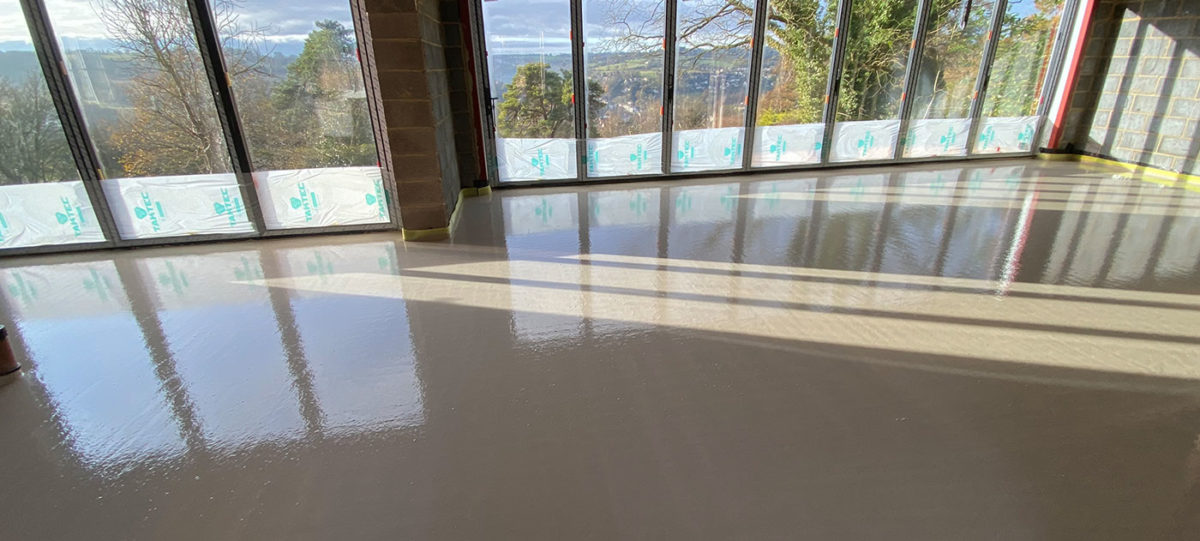When you are constructing almost any sort of building, other, perhaps, than something such as a cowshed, it is a given that you need the flooring to be as flat and level as possible. If it is a cowshed, then you can just use the concrete base, but for most buildings it is necessary to add a screed, since concrete is never going to be flat enough to add the final flooring, whatever it may be.
Traditionally, a screed has been made of sand and cement laid over the substrate in a thin layer which is shovelled on to the surface and then levelled out by a worker on hands and knees using a trowel. Not only is this never going to be perfect, but it takes a very long time to achieve the best possible level and it is also extremely tiring for the worker.
Today, of course, we now have liquid screeds such as those we supply and install at UK Screeds, which are to a large extent self-levelling. The screed is poured from the delivery truck using a long hose and a pump, and once it has settled it only needs a run over with a dappling bar in order to remove any air bubbles.
Power Screed
However, if a traditional screed is being used it is now possible to level it using a power screed in Manchester – and for that matter anywhere else. This is a machine which employs a vibrating screed to level the material across the surface. It is a lot faster than doing the work by hand which obviously saves a considerable amount on labour costs.
You can use two types of power screed in Manchester, one of which is the one with the vibrating bar which levels out the material. The other is a laser guided machine which uses advanced technology in order to achieve maximum flatness. These are the types of screed machine which we use ourselves.
With that said, there are many benefits to using a liquid screed instead. Not only is it far quicker to lay (we can achieve as much as 2,000 square metres in a day) but being in liquid format it is as near level as possible once poured.
It also dries far faster than a traditional sand and cement screed. In fact, you can walk on our screeds in 48 hours or less after pouring. That means that other trades who need to work on the site are not unduly held up waiting for weeks for a sand and cement screed to be safe enough to walk on.








